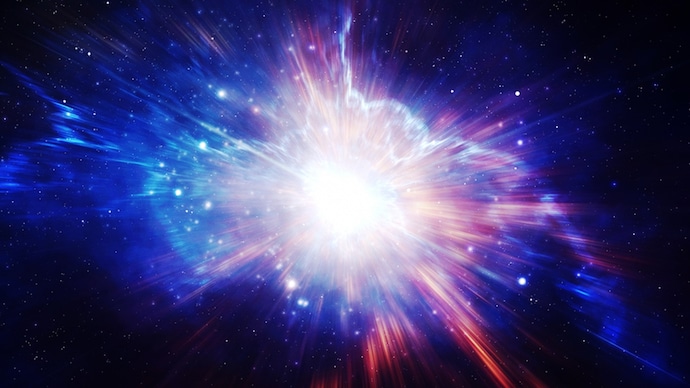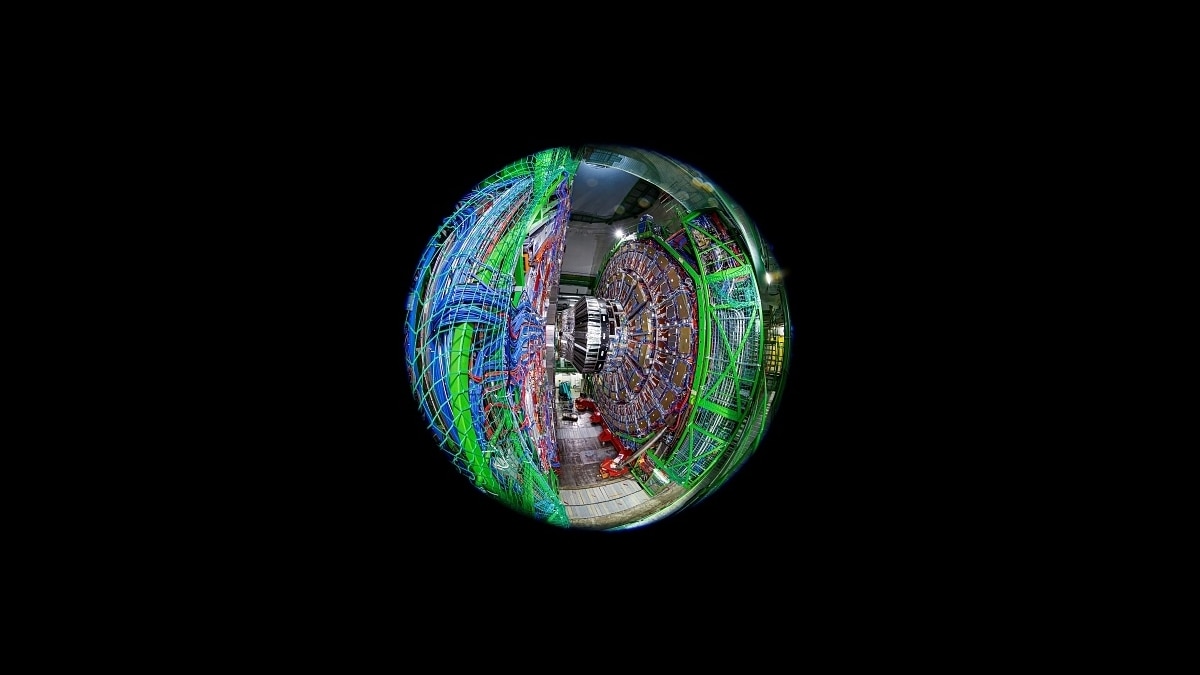Mysterious 'X' particles that formed moments after the big bang found in Large Hadron Collider
Physicists at MIT’s Laboratory for Nuclear Science have found evidence of these ‘X’ particles produced in the Large Hadron Collider at Cern in Geneva.

When the universe was formed, right after the big bang, for a brief moment amid the trillion-degree plasma of quarks and gluon there existed elementary particles that later cooled down to form more stable configurations of neutrons and protons of ordinary matter.
Before cooling down, a fraction of these quarks and gluons collided randomly to form short-lived “X” particles known for their mysterious, unknown structures. These elementary particles have remained elusive to science until now. Understanding these particles could shed light on the environment that existed following the big bang and how the universe evolved.
While these particles have been theorised by physicists across the world, they can only be created in particle accelerators. Now, physicists at MIT’s Laboratory for Nuclear Science have found evidence of these ‘X’ particles produced in the Large Hadron Collider at Cern in Geneva.
Using machine-learning techniques to sift through more than 13 billion heavy-ion collisions, researchers were able to pinpoint 100 'X' particles, of a type known as X (3872), named for the particle’s estimated mass. Each of these 13 billion collisions likely produced tens of thousands of charged particles.
“This is just the start of the story. We have shown we can find a signal. In the next few years, we want to use the quark-gluon plasma to probe the X particle’s internal structure, which could change our view of what kind of material the universe should produce,” Yen-Jie Lee, Associate Professor of Physics at MIT said.

In a paper published in Physical Review Letter, researchers for the first time confirm the detection of 'X' particles in quark-gluon plasma — an environment that they hope will illuminate the particles’ as-yet-unknown structure.
WHAT IS 'X' PARTICLE?
According to MIT, neutrons and protons made from three tightly bound quarks are the basic building blocks of matter. Physicists had only recently seen signs of exotic “tetraquarks” — particles made from a rare combination of four quarks. Scientists suspect that X (3872) is either a compact tetraquark or an entirely new kind of molecule made from not atoms but two loosely bound mesons — subatomic particles that themselves are made from two quarks.
X (3872) was first discovered in 2003 by the Belle experiment, a particle collider in Japan that smashes together high-energy electrons and positrons. “Theoretically speaking, there are so many quarks and gluons in the plasma that the production of X particles should be enhanced. But people thought it would be too difficult to search for them because there are so many other particles produced in this quark soup,” Yen-Jie Lee said
WHAT HAPPENED AT THE LHC?
The researchers looked for signs of these mysterious particles within the quark-gluon plasma generated by heavy-ion collisions in CERN’s Large Hadron Collider. Immediately after particles form in quark-gluon plasma, they quickly break down into “daughter” particles that scatter away.

The researchers used a machine learning program that was able to sift through the extremely dense and noisy dataset to pick out the key variables that were likely a result of decaying X particles. They zoomed in on the signals and observed a peak at a specific mass, indicating the presence of X (3872) particles.
"It’s almost unthinkable that we can tease out these 100 particles from this huge dataset. Every night I would ask myself, is this really a signal or not? And in the end, the data said yes!” MIT postdoc Jing Wang said in a statement.
Now researchers are working to gather more data to try and identify the structure of these mysterious particles that were formed In the first millionths of a second after the Big Bang.
